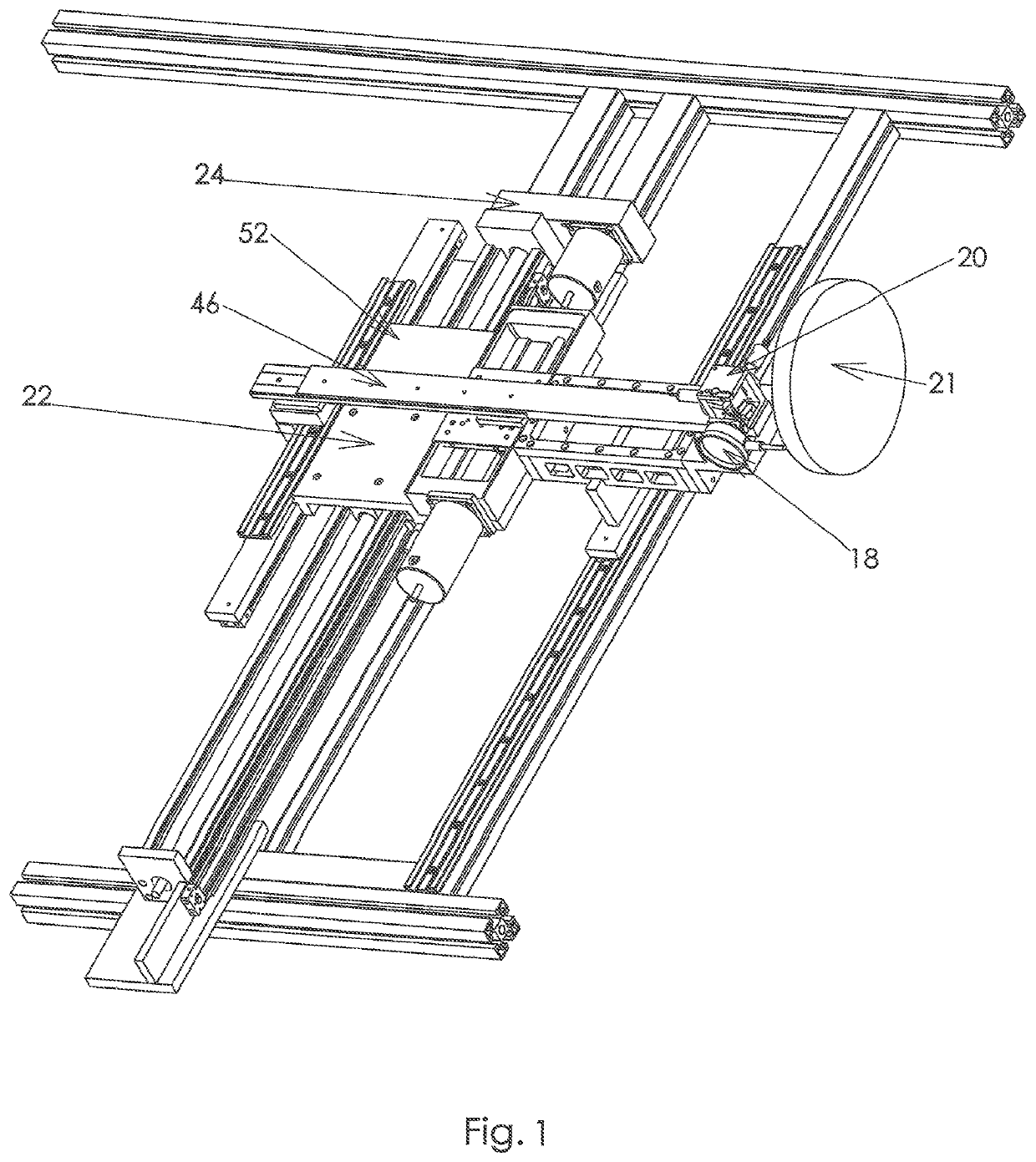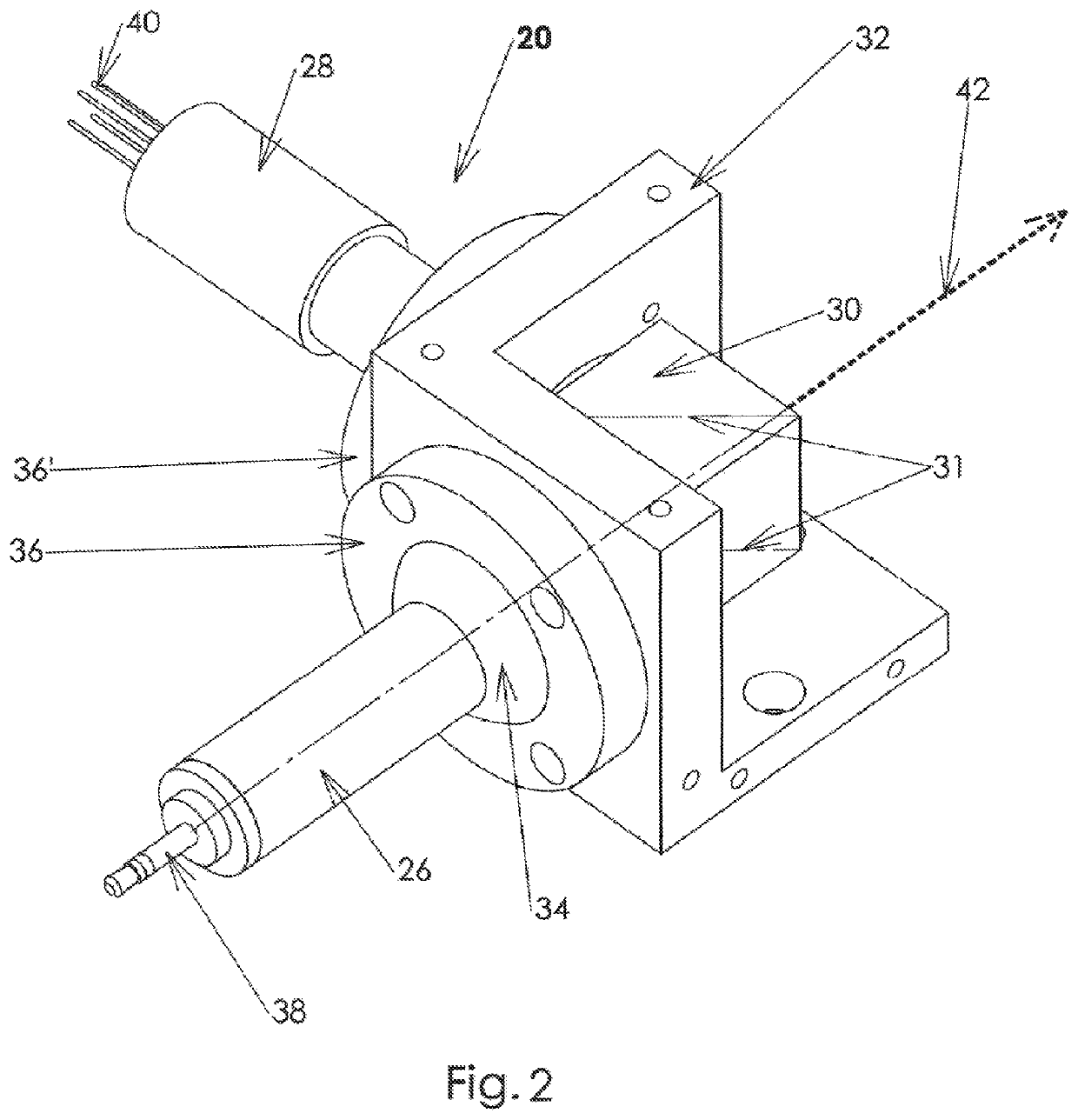Evolute tester for optical surfaces
a tester and optical surface technology, applied in the direction of refractive surface testing, optical elements, instruments, etc., can solve the problems of difficult work, fast” optics are much harder to get right, etc., and achieve the effect of repeatability and high degree of accuracy
- Summary
- Abstract
- Description
- Claims
- Application Information
AI Technical Summary
Benefits of technology
Problems solved by technology
Method used
Image
Examples
Embodiment Construction
[0043]The present application provides systems and methods for testing and characterization of optical or other reflective surfaces. The benefits are most likely seen in the optical field, which is a multi-billion dollar per year industry. However, the same techniques may be useful for other reflective surfaces such as a radio antenna, an automotive fender, a curved window, a sculpture, etc. The techniques disclosed herein will thus work on any shiny surface, and the term reflective surface will thus be understood to encompass optical curved surfaces as well as other curved surfaces.
[0044]FIGS. 1 and 1A show an overall view of the invention. The X-unit 18 is simply a dial gauge, the extreme extension of which is a known offset from the emitter of the laser 26 (FIG. 2) in the laser head 20. In the position shown, it is used to ascertain the distance to a point on the optical surface under test (i.e., a lens or mirror surface), which is shown as item 21. The laser head 20 is mounted o...
PUM
 Login to View More
Login to View More Abstract
Description
Claims
Application Information
 Login to View More
Login to View More - R&D
- Intellectual Property
- Life Sciences
- Materials
- Tech Scout
- Unparalleled Data Quality
- Higher Quality Content
- 60% Fewer Hallucinations
Browse by: Latest US Patents, China's latest patents, Technical Efficacy Thesaurus, Application Domain, Technology Topic, Popular Technical Reports.
© 2025 PatSnap. All rights reserved.Legal|Privacy policy|Modern Slavery Act Transparency Statement|Sitemap|About US| Contact US: help@patsnap.com



